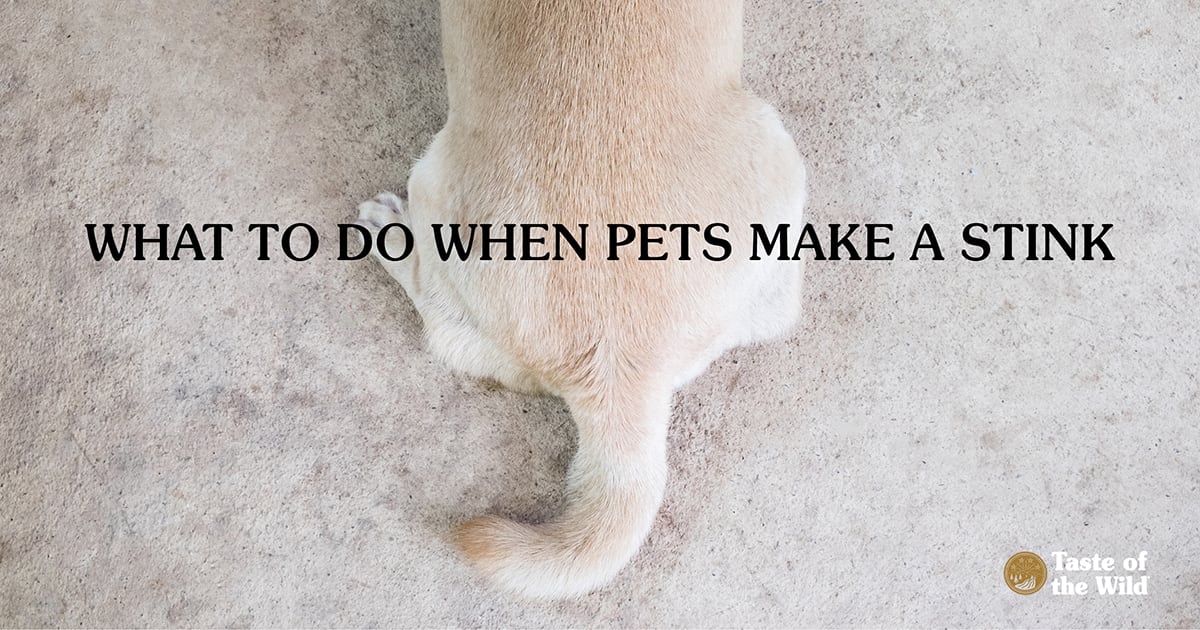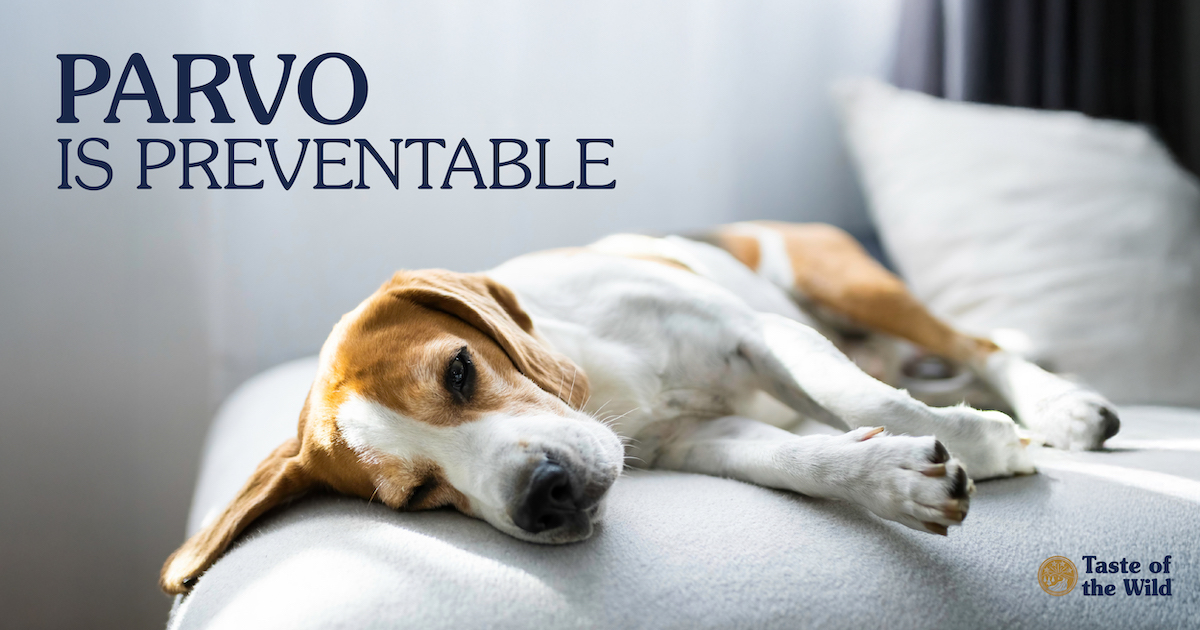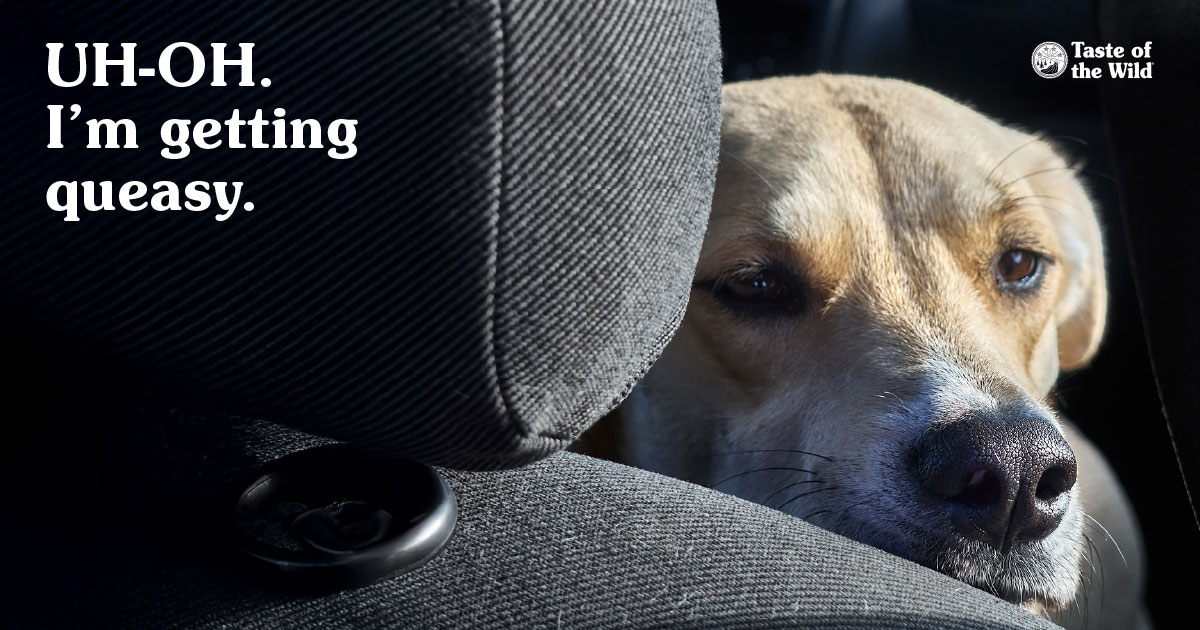Everything You Need to Know About Your Pet’s Anal Glands
Thursday, January 19, 2017 | Health

How could that ghastly scent emanate from your lovely cat? And why does your dog shockingly splay and scoot their rear along your Berber carpet? Few people consider anal glands when they sign up for a pet, but, like it or not, they’re part of the package.
What Are Anal Glands?
Anal glands, or anal sacs, are two small pouches located under the skin at the 4 o’clock and 8 o’clock positions around the anus. Normally, when pets defecate, the pressure on the anus causes the sacs to release an oily substance with an unmistakably fishy (or other unpleasant) stench.
The prevailing theory is that your pet’s wild ancestors used these scent glands to mark their territory with a signature aroma or as a defense against predators. Although both dogs and cats still have anal glands, domestic pets generally have little need for them today. Except, of course, to sniff out messages left by other pets on the block.
How Will I Know If My Pet Has a Problem?
Occasionally, the anal gland ducts can become blocked, which can lead to impaction and rupture. Or they can become inflamed and infected. Some pets may also develop certain types of cancer associated with the anal glands.
When one or both glands don’t empty naturally, your dog may drag their rear across the carpet in an effort to hasten the process. You may catch a potent whiff of the discharge when you inadvertently startle your pet, causing them to express a bit onto your couch. Because this condition can be painful, your pet may lick or bite at the area. And if an anal gland ruptures, you may notice an ulcerated area with bloody discharge near the anus.
Any time your pet pays too much attention to the nether parts or your sweet dog becomes a stinky dog, it’s time to see your veterinarian.
How Are Anal Gland Problems Treated?
At the clinic, the doctor will manually express the anal glands and check for other problems.
If the sacs are infected, a liquid antibiotic may be infused into them. In more severe cases, your pet may need oral or injectable antibiotics, or pain (or other) medications to help reduce the swelling. Your veterinarian may also recommend warm compresses to help relieve pain and encourage fluid drainage.
Sometimes (like if cancer is discovered), surgical removal of the glands and even radiation treatment may be recommended. Anal gland removal may also be possible for pets with chronic problems, but because of the many muscles and nerves in the area, and the potential for fecal incontinence, it may be worth consulting a surgical specialist.
Can Anal Gland Problems Be Prevented?
Some pets never seem to have problems with their anal glands, while others need to have them periodically expressed. If you’d like to save a little money at the clinic, your veterinarian will be happy to show you how it’s done. However, most people eschew the mess and stink and let others don the latex gloves.
Diet may also help with this pet health problem. Switching to a high-fiber diet, or adding fiber such as psyllium to the current diet, may help produce firmer stools to encourage the glands to empty naturally during defecation. Your veterinarian can recommend a diet that’s right for your pet.
The information in this blog has been developed with our veterinarian and is designed to help educate pet parents. If you have questions or concerns about your pet’s health or nutrition, please talk with your veterinarian.




